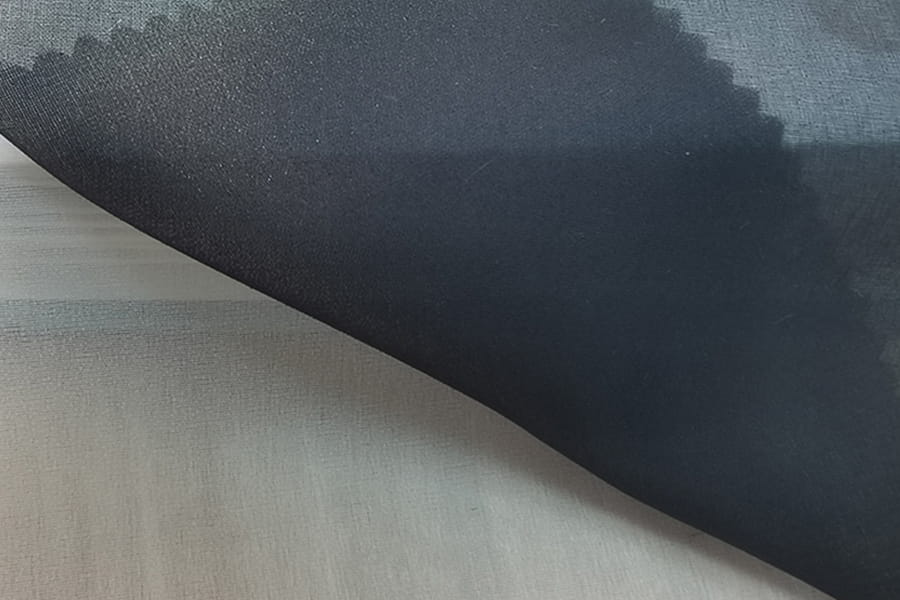Functional lining fabrics enhance the overall comfort of the product they are used in by addressing several critical factors that contribute to user satisfaction. These fabrics are engineered to provide physical, thermal, and tactile benefits, ensuring the product is not only functional but also pleasant to use.
Wicking Properties: Functional lining fabrics often include moisture-wicking technology, which draws sweat away from the skin and allows it to evaporate quickly. This keeps the user dry and reduces discomfort from dampness.Air Circulation: Many linings are designed to be breathable, allowing air to circulate and preventing heat and moisture buildup. This is especially important in activewear, outdoor gear, and footwear.
Insulation: Linings with thermal insulating properties retain body heat in cold conditions, keeping the user warm without adding bulk.Cooling Features: Some fabrics use cooling technologies, such as phase-change materials or breathable mesh designs, to dissipate heat and maintain a comfortable body temperature in warm conditions.Seasonal Versatility: Linings that adapt to environmental changes (e.g., dual-purpose for cooling and warming) provide year-round comfort.
Skin-Friendly Texture: High-quality linings are often smooth, soft, and gentle on the skin, reducing irritation during prolonged contact.Anti-Chafing: Fabrics with seamless construction or soft finishes help prevent chafing, especially in garments worn during physical activity.Plushness: Some linings include a padded or quilted layer for extra cushioning, enhancing comfort in applications like footwear or upholstery.
Minimal Bulk: Many functional linings are lightweight and thin, which ensures they do not add unnecessary weight or thickness to the product while still providing essential features like insulation or moisture control.Freedom of Movement: Lightweight linings do not restrict movement, making them ideal for activewear and performance gear.
Antimicrobial Properties: Some linings incorporate antimicrobial treatments that prevent the growth of bacteria, reducing odors and enhancing hygiene.Quick-Drying: Linings that dry quickly after washing or exposure to moisture help maintain freshness and comfort.
Comfort in Extreme Conditions: Functional linings that resist becoming excessively cold or hot improve comfort, particularly in products like gloves, shoes, or outdoor gear.Non-Cling Properties: Fabrics that resist sticking to the skin in humid or sweaty conditions enhance the wearing experience.
Stretch and Recovery: Linings with stretchable properties conform to the user's movements, providing a snug yet comfortable fit in products like compression wear or fitted garments.Custom Fit: Adaptive linings can mold to the shape of the user or product, enhancing comfort in shoes, helmets, and ergonomic chairs.Silent Movement: In outerwear or equipment, functional linings often minimize noise (e.g., rustling fabric) to enhance the sensory experience, particularly in quiet environments.
Hypoallergenic Materials: Linings made from non-irritating, allergen-free materials ensure comfort for sensitive skin.Smooth Seams and Finishes: Seamless or carefully finished linings reduce pressure points and friction that could lead to irritation.

 English
English 中文简体
中文简体 русский
русский Español
Español









